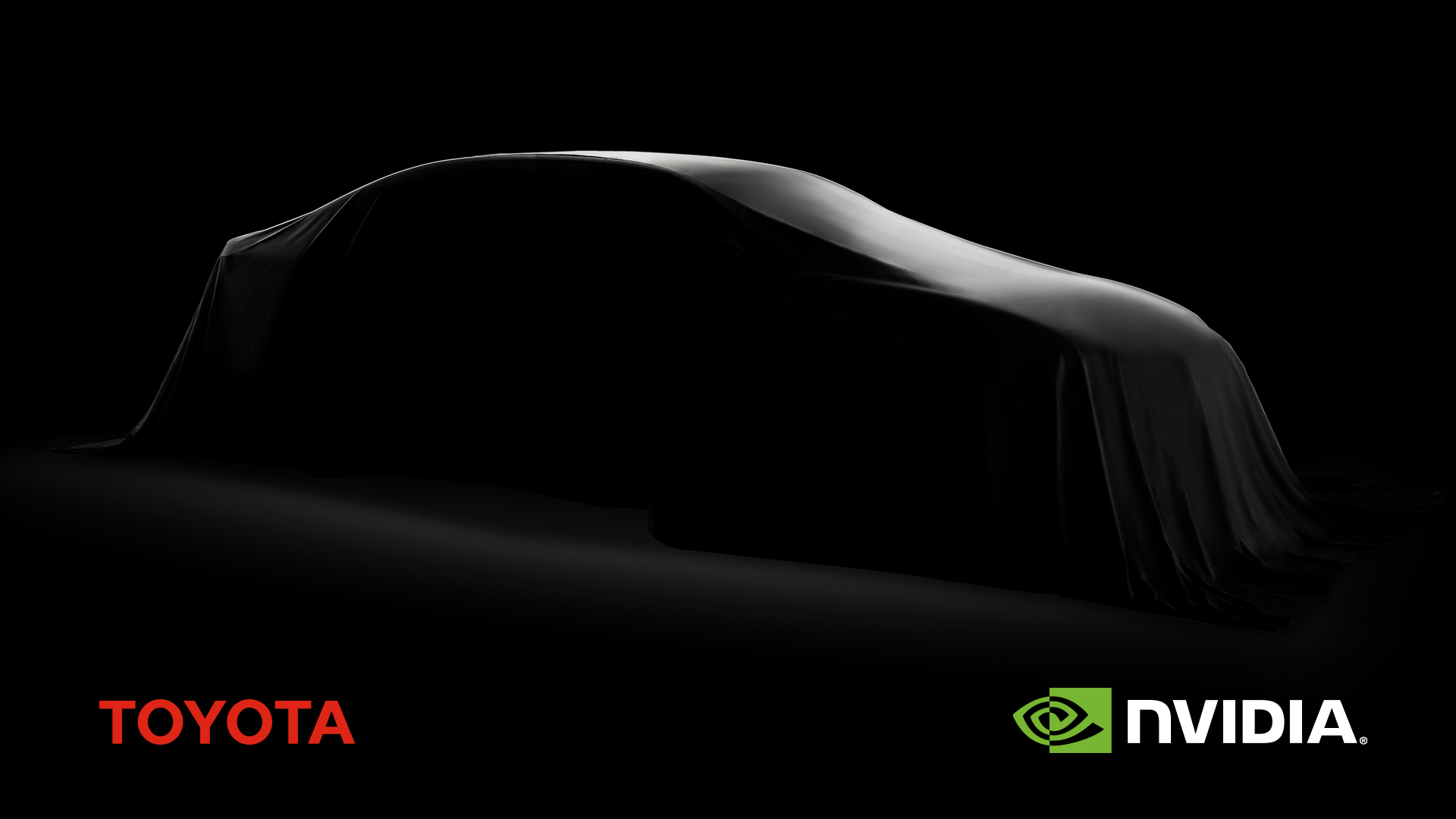单机多卡情况下训练学习

一。DataParallel
代码量少,但效果较差
1 | os.environ[“CUDA_VISIBLE_DEVICES”] = '0,1,2' |
提示:需要注意的是 device_ids 中包含的卡数要和 os.environ[“CUDA_VISIBLE_DEVICES”] 中包含的卡数相等。这里的卡数是指数量,无需具体卡号一一对应,此外,batch_size 的数量需要大于 GPU 的数量。
剩下的工作就是将之前单卡运行时的所有 **.cuda() ** 替换为 **.to(device) **即可。
- model(如:model.to(device))
- input(如:input = input).to(device)
- target(如:target = torch.from_numpy(np.array(target)).long()).to(device)
- nn.CrossEntropyLoss()(如:criterion = nn.CrossEntropyLoss().to(device))
